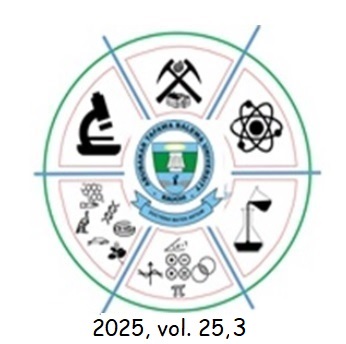A REVIEW OF THE DIVERSITY, DISTRIBUTION, AND METAGENOMIC ANALYSIS OF ENDOPHYTIC FUNGAL COMMUNITIES IN DIFFERENT ECOSYSTEMS
Keywords:
Agriculture, Cultivation, Exploration, Potential, Sporulating,Abstract
Endophytic fungi are resident members of ecosystems dwelling within plant tissues with no detrimental effect on the host and contribute enormously towards plant health, growth, and plant defense. Endophytic fungi impact soil properties by allowing for nutrient uptake and translocation, eventually resulting in the growth of plants. Although endophytic fungi play an ecological role, the fungi themselves are hard to study as they are unable to be cultivated easily in culture, hence becoming impossible to identify using the traditional methods. They mostly do not grow in the laboratory or are composed only of spores, and their entire range and functionality are difficult to determine. However, since the development of metagenomic analysis, fungi research has undergone revolution, and scientists can explore fungal communities without being limited by cultivation-based techniques. In the following article, endophytic fungal diversity, distribution, and ecological functions within different ecosystems are described with reference to outcomes obtained using metagenomic analysis. Apart from this, it also pertains to challenges encountered by researchers in research on such fungi, their potential in agriculture and forestry, and utilization of the fungi in biotechnology for sustainable management of the environment. Metagenomic profiling of endophytic fungal diversity could unlock new avenues in their application for useful ends in crop improvement, disease resistance, and ecosystem conservation.
Downloads
Downloads
Published
Issue
Section
License
Copyright (c) 2025 Journal of Pure and Applied Sciences (Science Forum)

This work is licensed under a Creative Commons Attribution-NonCommercial-ShareAlike 4.0 International License.




